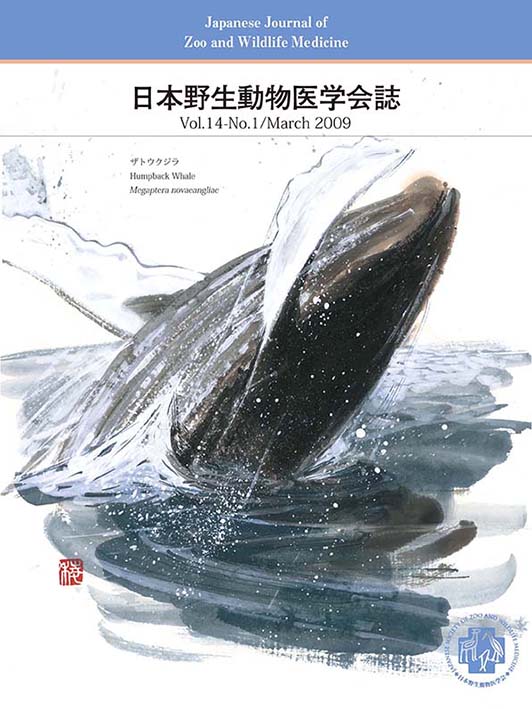Volume 14, Issue 1
Displaying 1-14 of 14 articles from this issue
- |<
- <
- 1
- >
- >|
-
Article type: Cover
2009Volume 14Issue 1 Pages Cover1-
Published: 2009
Released on J-STAGE: May 04, 2018
Download PDF (19010K)
Special articles
-
2009Volume 14Issue 1 Pages 1-5
Published: 2009
Released on J-STAGE: May 04, 2018
Download PDF (978K) -
2009Volume 14Issue 1 Pages 7-18
Published: 2009
Released on J-STAGE: May 04, 2018
Download PDF (2378K) -
2009Volume 14Issue 1 Pages 19-25
Published: 2009
Released on J-STAGE: May 04, 2018
Download PDF (1100K) -
2009Volume 14Issue 1 Pages 27-32
Published: 2009
Released on J-STAGE: May 04, 2018
Download PDF (736K) -
2009Volume 14Issue 1 Pages 33-35
Published: 2009
Released on J-STAGE: May 04, 2018
Download PDF (975K) -
2009Volume 14Issue 1 Pages 37-50
Published: 2009
Released on J-STAGE: May 04, 2018
Download PDF (4876K)
Full paper
-
2009Volume 14Issue 1 Pages 51-57
Published: 2009
Released on J-STAGE: May 04, 2018
Download PDF (809K) -
2009Volume 14Issue 1 Pages 59-66
Published: 2009
Released on J-STAGE: May 04, 2018
Download PDF (947K) -
2009Volume 14Issue 1 Pages 67-72
Published: 2009
Released on J-STAGE: May 04, 2018
Download PDF (806K) -
2009Volume 14Issue 1 Pages 73-76
Published: 2009
Released on J-STAGE: May 04, 2018
Download PDF (566K)
Research note
-
2009Volume 14Issue 1 Pages 77-80
Published: 2009
Released on J-STAGE: May 04, 2018
Download PDF (436K) -
2009Volume 14Issue 1 Pages 81-84
Published: 2009
Released on J-STAGE: May 04, 2018
Download PDF (1231K)
Practical infomation
-
2009Volume 14Issue 1 Pages 85-95
Published: 2009
Released on J-STAGE: May 04, 2018
Download PDF (864K)
- |<
- <
- 1
- >
- >|
